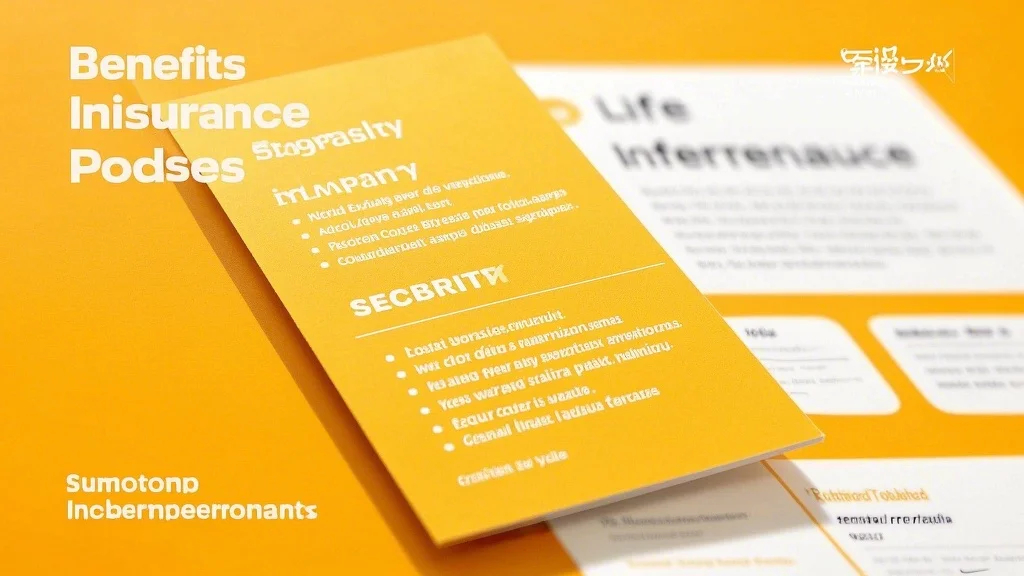In 2025, the landscape of credit card debt relief programs will continue to evolve, offering new strategies and tools to help individuals tackle their financial troubles. With the rising cost of living and fluctuating economic conditions, managing credit card debt has become more challenging than ever. Fortunately, there are numerous debt relief programs designed to provide tailored solutions to suit your unique financial situation.

Debt Consolidation Programs
One of the most popular debt relief strategies in 2025 is debt consolidation. This approach involves combining multiple credit card debts into a single loan or credit card balance, often with a lower interest rate. By consolidating your debts, you can simplify your payments and potentially reduce the total amount of interest you pay over time. Many banks and financial institutions offer balance transfer credit cards with introductory 0% APR periods, making it easier to consolidate and pay off debt efficiently.
Debt Management Plans (DMPs)
Debt management plans are another critical component of credit card debt relief in 2025. These plans are typically administered by credit counseling agencies, which work with you to create a structured repayment schedule. Through a DMP, you can make monthly payments to the agency, which then distributes the funds to your creditors. The advantage of this program is that it can help you avoid late fees and penalties while potentially reducing interest rates.
Balance Transfer Credit Cards
For those looking to minimize interest payments, balance transfer credit cards remain a top choice in 2025. These cards offer introductory periods with 0% APR on transferred balances, allowing you to pay off your debt without incurring additional interest. However, it’s essential to ensure that you pay off the balance before the promotional period ends, as standard interest rates can be quite high.
Debt Settlement Services
Debt settlement is another popular option for individuals overwhelmed by credit card debt. This process involves negotiating with creditors to reduce the total amount you owe. While debt settlement can be effective, it often comes with risks, such as harming your credit score and facing potential tax implications if the forgiven amount is considered taxable income. Always work with a reputable debt settlement service provider to ensure you make informed decisions.
Credit Counseling Services
Credit counseling services play a vital role in helping individuals manage their credit card debt. These services provide education and guidance on budgeting, credit management, and debt repayment strategies. Many credit counseling agencies also offer debt management plans, as mentioned earlier, to help clients repay their debts more effectively. It’s important to choose a counselor accredited by organizations like the National Foundation for Credit Counseling (NFCC) to ensure quality and reliability.
Personal Finance Apps
In 2025, technology continues to play a significant role in credit card debt relief. Personal finance apps like Mint, YNAB (You Need A Budget), and EveryDollar can help you track your spending, create a budget, and monitor your debt repayment progress. Many apps even offer features like debt snowball and debt avalanche methods to help you pay off your credit card balances more efficiently.
Debt Snowball Method
The debt snowball method is a simple yet effective strategy for tackling credit card debt. This approach involves paying off your smallest debts first while making minimum payments on larger debts. Once the smallest debt is eliminated, you roll the payment amount into the next smallest debt, creating a “snowball” effect that builds momentum as you progress. This method is particularly appealing because it provides quick wins, keeping you motivated throughout the process.
Debt Avalanche Method
Complementing the debt snowball method, the debt avalanche technique focuses on paying off your highest interest rate debts first. By targeting the most expensive debts, you can reduce the total interest paid over time. This method is ideal for individuals who prioritize minimizing interest expenses and achieving long-term financial savings.
Bankruptcy Options
While bankruptcy is a last resort for most, it remains a legal option for those struggling with overwhelming credit card debt. In 2025, Chapter 7 and Chapter 13 bankruptcy filings are still available, providing individuals with a fresh start or structured repayment plan, respectively. However, bankruptcy should be carefully considered due to its long-term impact on your credit score and financial future. Consult with a bankruptcy attorney to explore your options and understand the implications.
Grants and Assistance Programs
In 2025, there will be numerous grants and assistance programs designed to help individuals struggling with credit card debt. These programs may include financial aid from non-profit organizations, government initiatives, or community-based organizations. While these programs may not directly eliminate your debt, they can provide resources, education, and financial support to help you manage your obligations more effectively.
Credit card debt can feel overwhelming, but with the right strategies and support, you can regain control of your finances in 2025. From debt consolidation and balance transfer credit cards to credit counseling and personal finance apps, there are countless options available to help you achieve financial freedom. Before choosing a debt relief program, take the time to research your options, understand the terms and conditions, and consider seeking professional advice to ensure you make the best decisions for your financial future. Remember, the journey to debt relief may take time, but with persistence and the right tools, you can emerge stronger and more financially secure.
